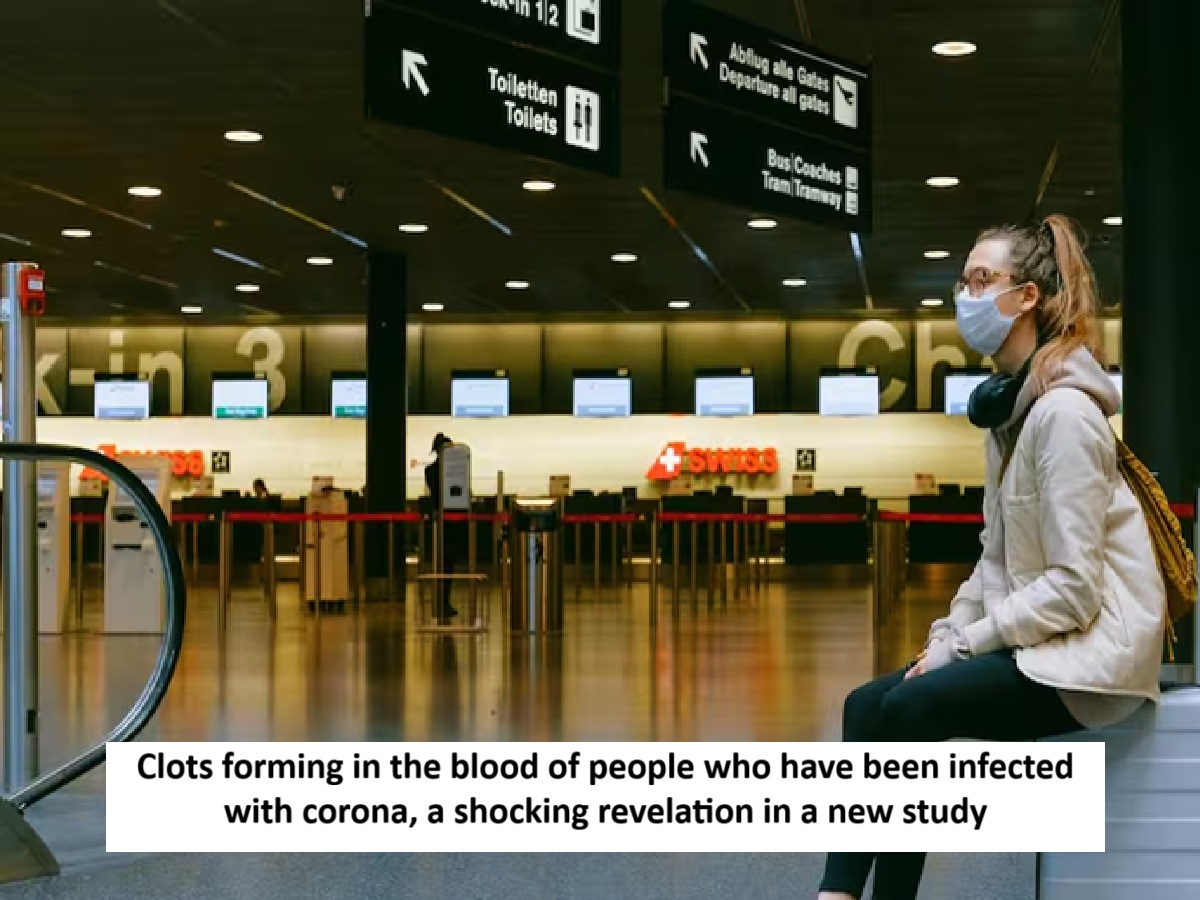
News Topical, Digital Desk : Covid-19 Infection: Even today, the world has not fully recovered from the Covid pandemic. Now, a major revelation has been made. Scientists have found small clots and immune system-related changes in the blood of long Covid patients, which may contribute to this long-lasting condition and may also open the way for future treatments. This is because most people recover completely from Covid-19 infection after a few days of cold, sore throat, cough, or fever. However, many patients suffer from problems like fatigue, brain fog, body aches, and shortness of breath for a long time. This is called long Covid. The reason behind these symptoms was not clear until now. Let us tell you what scientists have discovered about it.
What did the research reveal?
Now, scientists have identified two important changes in long COVID patients: microclots in the blood and changes in immune cells called neutrophils. Microclots are unusual clumps of clotting proteins circulating in the blood, first observed in samples from COVID patients.
The research also found that white blood cells called neutrophils in long COVID patients undergo a specific change. This change causes them to shed their DNA and form thread-like structures called neutrophil extracellular traps, which help seek out and destroy infections.
What do the experts say?
Scientists believe that in some COVID patients, this interaction between microclots and NETs triggers a chain reaction in the body that can ultimately lead to long COVID. It is believed that microclots encourage excessive formation of NETs, leading to increased inflammation and blood clot-related problems, leading to prolonged COVID-like symptoms.
Structural analysis of plasma from long COVID patients revealed significantly higher concentrations of microclots and NETs compared to healthy individuals. The study also revealed that the microclots in patients were larger in size.
According to study author Alain Thierry, “This discovery suggests that there are physiological processes going on between microclots and NETs that can get out of control and lead to disease.”
Researcher Risia Pretorius explained that this interaction can protect microclots from the body's natural clot-breaking process, allowing them to remain in the blood for longer and cause blood vessel-related problems.
In a study published in the Journal of Medical Virology, scientists reported that excessive formation of NETs makes microclots more stable, which may contribute to the symptoms of long COVID. The research team says this discovery offers an opportunity to understand long COVID.
--Advertisement--

 Share
Share



